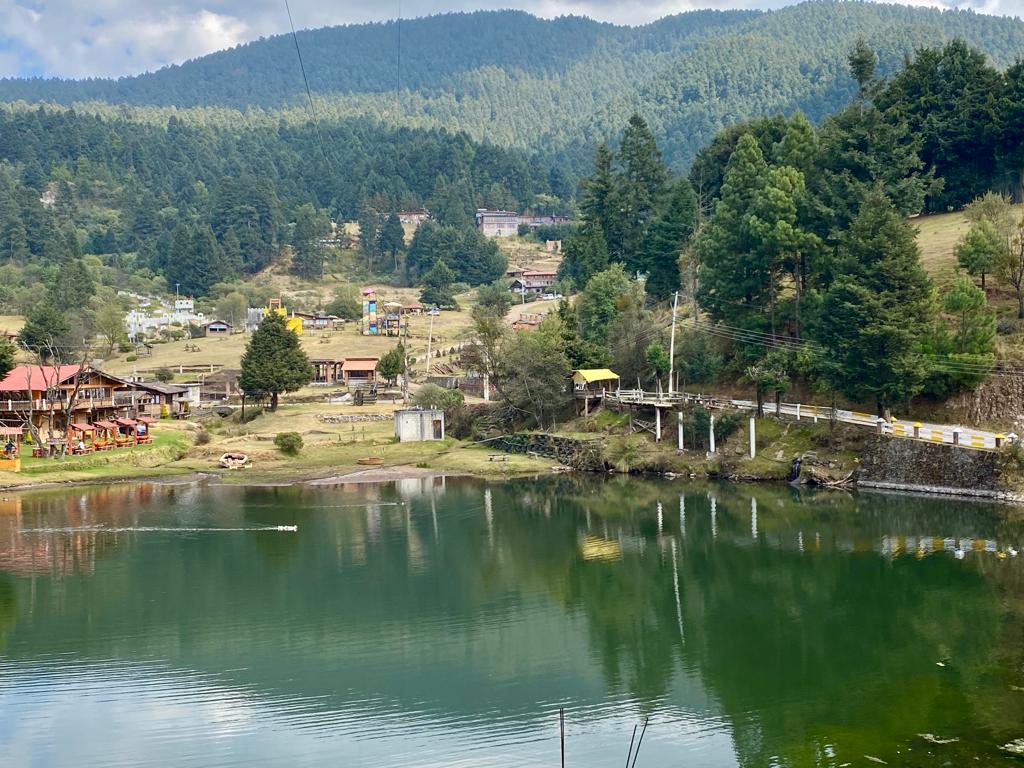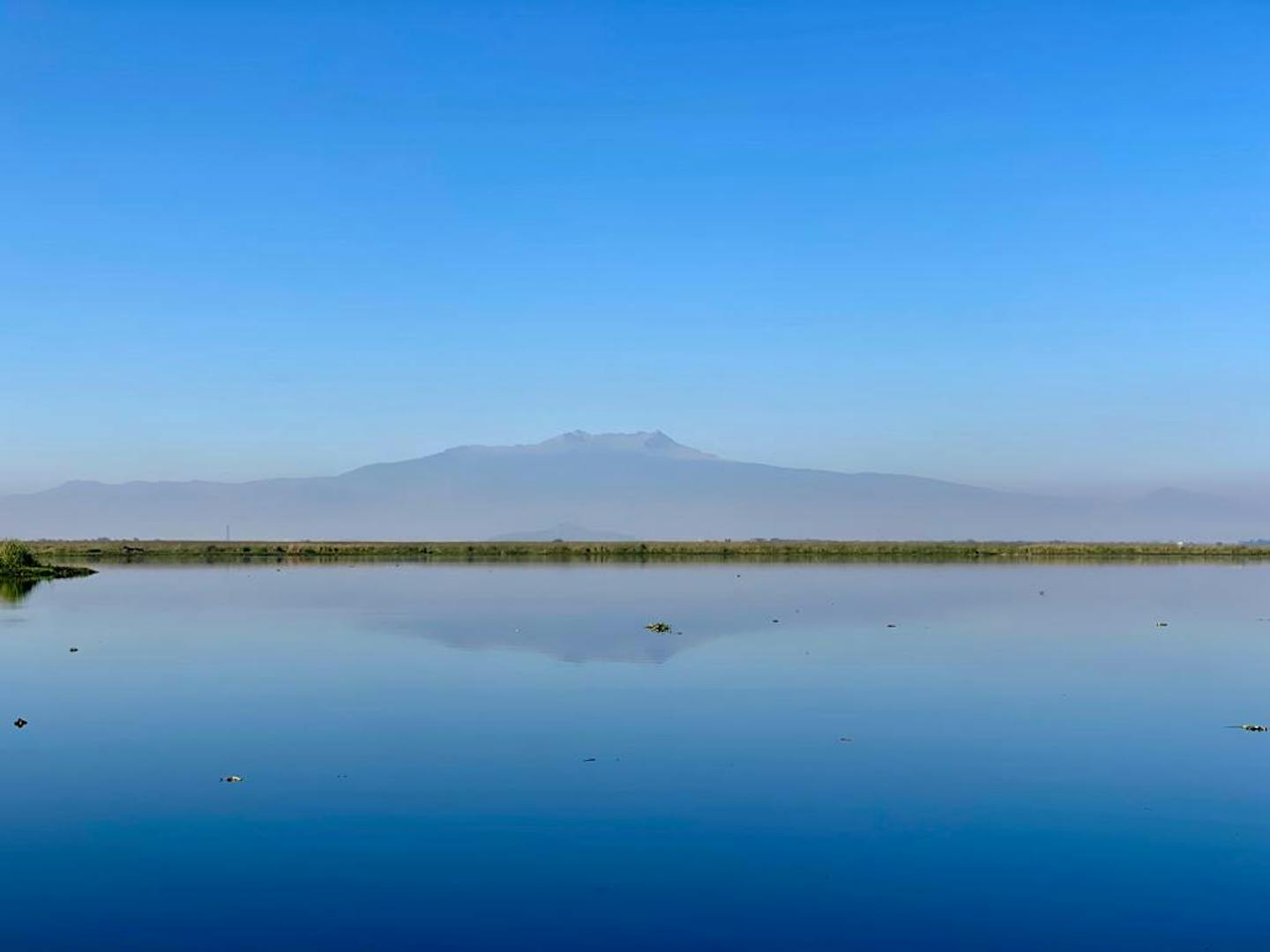How to protect Earth by the 'Harmony with Nature' policy
Ten years ago, the Rio + 20 United Nations Conference on Sustainable Development entitled The Future We Want declared:
Establishing ‘Harmony with Nature’
Three years before, in 2009, the United Nations General Assembly proclaimed 22 April as International Mother Earth Day. With this, Member States acknowledged that the Earth and its ecosystems are our common home, expressing their conviction that it is necessary to promote ‘Harmony with Nature’ to achieve a just balance among the economic, social, and environmental needs of present and future generations.
That same year the General Assembly adopted its first resolution on Harmony with Nature and has since adopted nine resolutions. These contain different perspectives regarding constructing a new, non-anthropocentric paradigm where the fundamental basis for right and wrong action around the environment is grounded not solely in human concerns but also in need for nature to maintain all its ecological processes.
Earth Jurisprudence
An effective means of following up on the resolutions on Harmony with Nature has been by creating a website platform, the Harmony with Nature Knowledge Network, that brings together experts in a series of active dialogues about Earth Jurisprudence.
Additionally, every April 22, all experts meet at the UN headquarters in NYC and have a full-day program called Interactive Dialogue of the General Assembly on Harmony with Nature. In commemoration of the development of the Universal Declaration of the Rights of Mother Earth and its adoption at the World People’s Conference on Climate Change and the Rights of Mother Earth hosted by the Bolivian government in 2010, the dialogue always begins with a keynote by the president of Bolivia.
Interventions from representatives of all continents follow, reporting their latest advancements in enforcing new laws and regulations that build a more robust framework toward a society that can harmoniously relate to nature.
Coordinated by Maria Mercedes Sanchez Rodriguez, the Harmony with Nature Knowledge Network holds over two hundred expert members and grows through a nomination and vetting process. This expanding network of policymakers, lawyers, and civil society works on cultivating a value system centered on the rights of nature and Earth. There is a shared understanding that Earth is a complex living system where humans must apply principles that guarantee the continuity of natural regeneration processes.
Indeed, the exercise of Earth Jurisprudence requires a very different mindset from what has been perpetuated through conventional education. Western societies have been structured within a patriarchal belief system where man is entitled to determine how land, converted into property, is commodified and how ecosystems are managed to change that property's vocation and market value.

Image credit: Courtesy of Mindahi Bastida Muñoz
The role of Indigenous Peoples
The mindset of Earth Jurisprudence comes naturally among Indigenous Peoples, whose worldview is about the interconnectedness and interdependence of everything. In this sense, what steps are Indigenous Peoples taking to ensure that Earth Jurisprudence is included in national laws?
There are many processes underway, each of them with its own complexities. Perhaps the most valuable outcome of such undertaking is that, in the short run, community members come together around a common worldview to trace life route maps in pursuit of self-determination, territorial governance, and biocultural rights.
Using culturally appropriate tools for the diagnosis and planning of their territories, they have an opportunity to consolidate interdependent living communities where the rights of humans to live and thrive in a healthy environment are equated to the rights of animals and plants of diverse biocultural regions to exist and flourish.
This framework is acquiring more adepts in a time when international debates are proposing degrowth and internalization of externalities. Degrowth is based on social organization principles and activities such as care for people, care for nature, reciprocity, social welfare, and a nature-based culture. In this model, pollution is minimum or null, and ethical standards are high.
These same standards apply to industries that must re-engineer and retrofit while internalizing environmental and cultural degradation costs. It is a huge undertaking that will only happen fast enough if well-informed customers, particularly those in developed countries, send strong signals about their choice of products and services to minimize their contribution to the destruction of nature and communities.
Earth Jurisprudence is a promising framework for communities bringing Mother Earth and Nature to the center of conversations around the climate crisis and biodiversity loss and providing excellent legal resources for those wishing to incorporate the language in constitutions.
Success in Chile
In Chile, after almost fifty years of an extractive, coercive and privatizing regime and after a recent social revolt that tore the lives of thousands of people, there is a new constitution being drafted by a democratically elected commission that was first presided and is still led by Mapuche lawyer Elisa Loncón.
The first article reads, “Chile is plurinational, intercultural and ecological.” Further ahead, in Chapter II, it says, “nature will be entitled to rights recognized by this Constitution.” This brings hope to rivers dammed and diverted and valleys that remained dried and abandoned by local people for decades.
Once it is approved on September 4, 2022, the new constitution will lift the condemnation of the Mapuche territory as dangerous for its subversive population and will have demonstrated how, when there is social cohesion and a shared value system, a nation-state can metamorphize from living against nature to living in harmony with nature.



